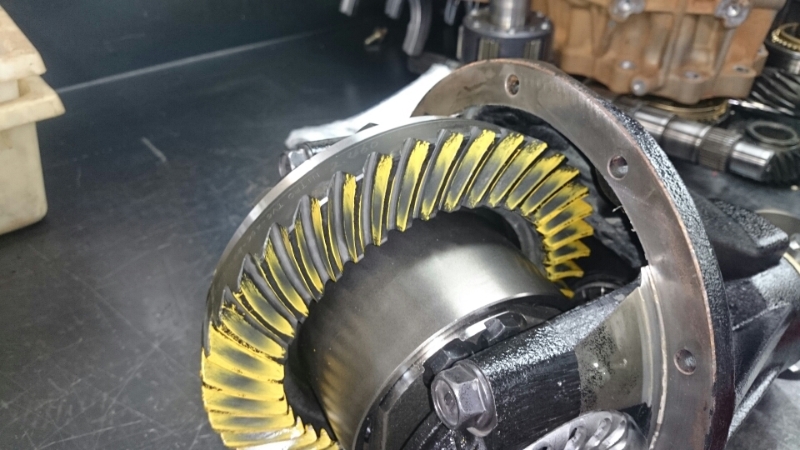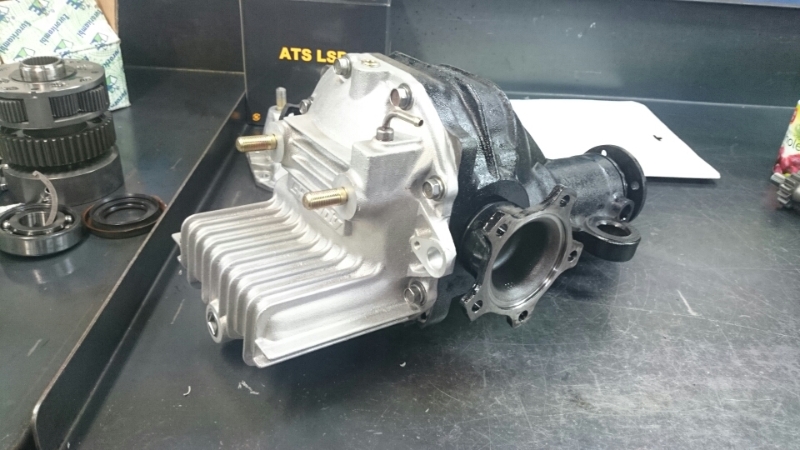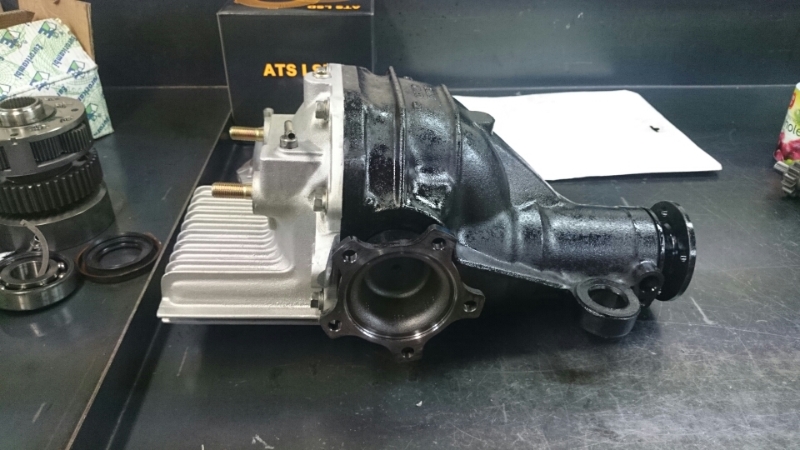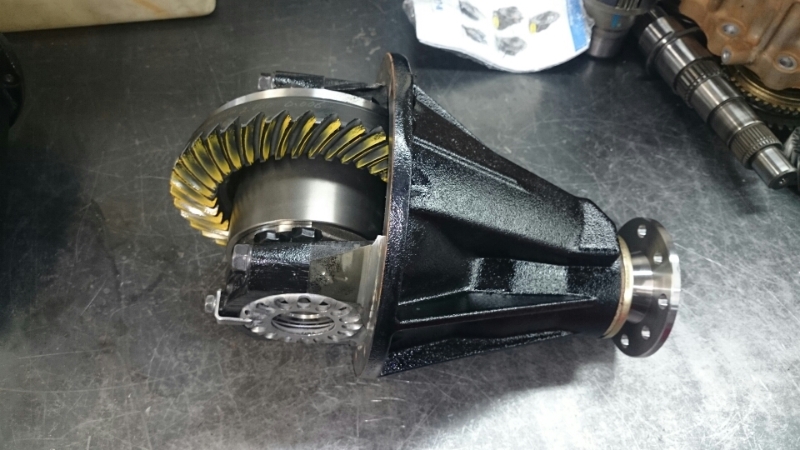Perth Differential Ratio Changes
After you have modified your vehicle, whether it be an engine modification, auto-to-manual transfer, tyre size change, or other modification, your car’s differential ratio may alter and no longer suit your needs.
As part of our car differential services, the highly skilled and experienced team at Automatic Transmissions R Us can provide a number of solutions to deliver more get-up-and-go on take-off, or for pulling loads.
Make an enquiry with Automatic Transmissions R Us
To find your differential gear ratio with the help of Automatic Transmissions R Us, schedule an appointment with us and explain your concerns about the differential and any modifications. Their skilled technicians will inspect the differential, assess any modifications, and provide you with the current gear ratio, along with any recommendations for further modifications or maintenance.
For example, our technicians can fit another crown wheel and pinion to your vehicle, which will alter your speed/revs to your required rate.
Due to a high volume of service bookings, our current lead time is approximately 4 weeks. All service bookings will require the vehicle for a full day from 8am, no exceptions.




FAQs
A differential ratio is a number that shows how many times a vehicle’s driveshaft turns compared to its wheels. It affects a vehicle’s performance, like acceleration and fuel efficiency.
A lower ratio gives better fuel economy but slower acceleration, while a higher ratio provides quicker acceleration but lower fuel economy. This number helps you understand a vehicle’s performance and choose the best option for your driving needs.
Have a question?
